By Piers Kicks
September 25, 2024
Gunzilla Games now represents Delphi’s biggest gaming investment to date, as well as the largest angel cheque I’ve ever written. Having spent ~7000 hrs playing shooters throughout my life, and now over 60 hours in their flagship battle royale Off The Grid (OTG), I can confidently say this is one of the best gaming experiences I have ever had. We have seen a glimpse of how powerful crypto can be for user acquisition, retention, and monetisation. We are yet to see this unleashed on a truly world-class title. With 5 years of development, 340 employees, and almost $100M invested Off The Grid is the first ever onchain game to be releasing on PC and console within 30 days.
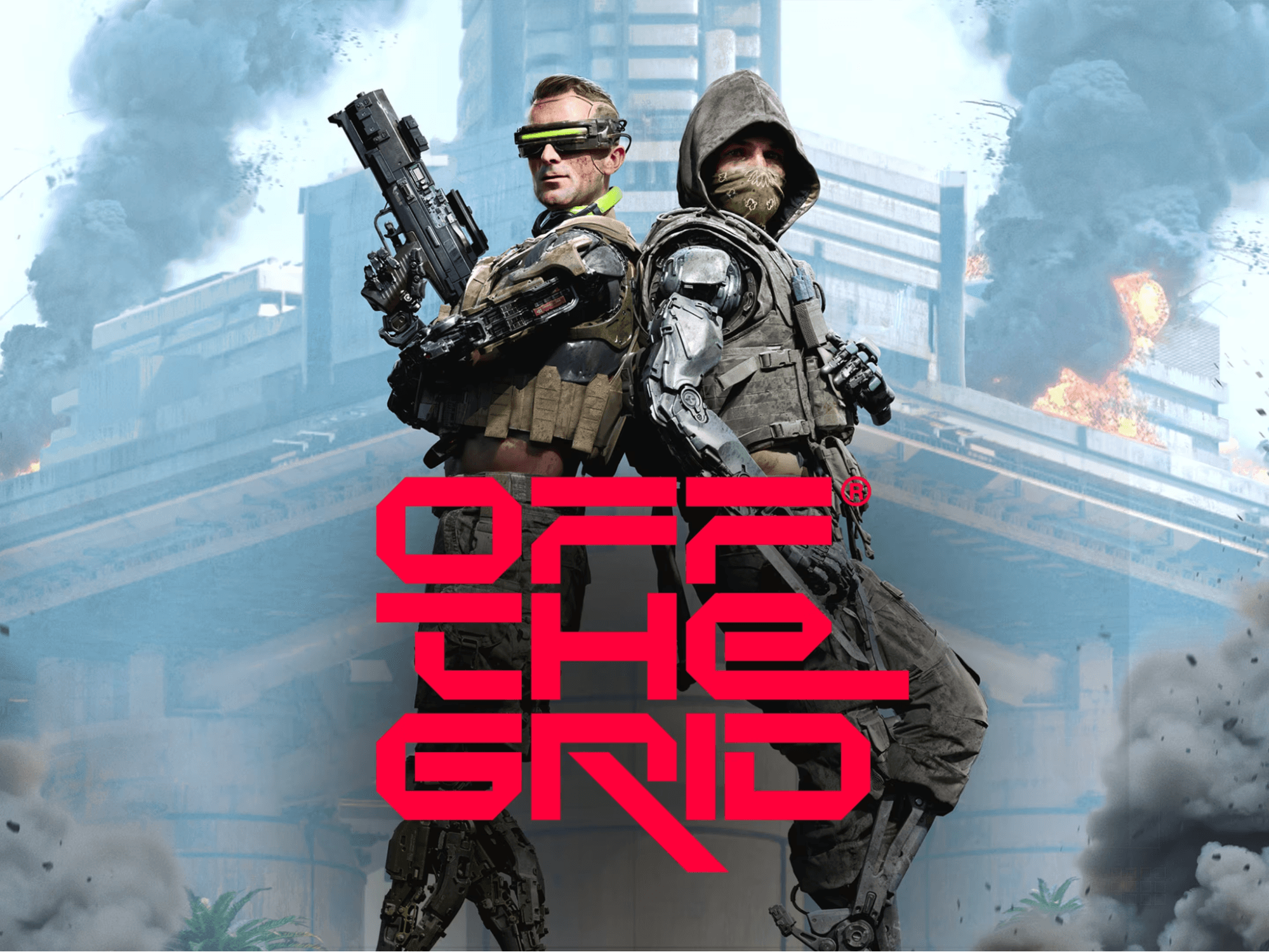
Development is led by the former Crytek Kyiv team that built Warface—reaching over 140M players and $1B in revenue—and worked on games such as Far Cry and Crysis as well as developing CRYENGINE which pushed the frontiers of graphics in its prime. The project boasts world-class creative direction from co-founder Neill Blomkamp who is known for legendary films such as District 9, Chappie, Elysium, and Gran Turismo. Unique to battle royales is OTG’s 60 hour PvE campaign written by Richard Morgan, author of Altered Carbon (one of my favourite Netflix shows ever). Across PC & console the battle royale genre generates roughly $10B per year and continues to grow. We are confident that the OTG universe with its world-class gameplay, rich lore, deep liveops treadmill, and huge go-to-market campaign is going to entice more of the 1.2B shooter players into the genre.
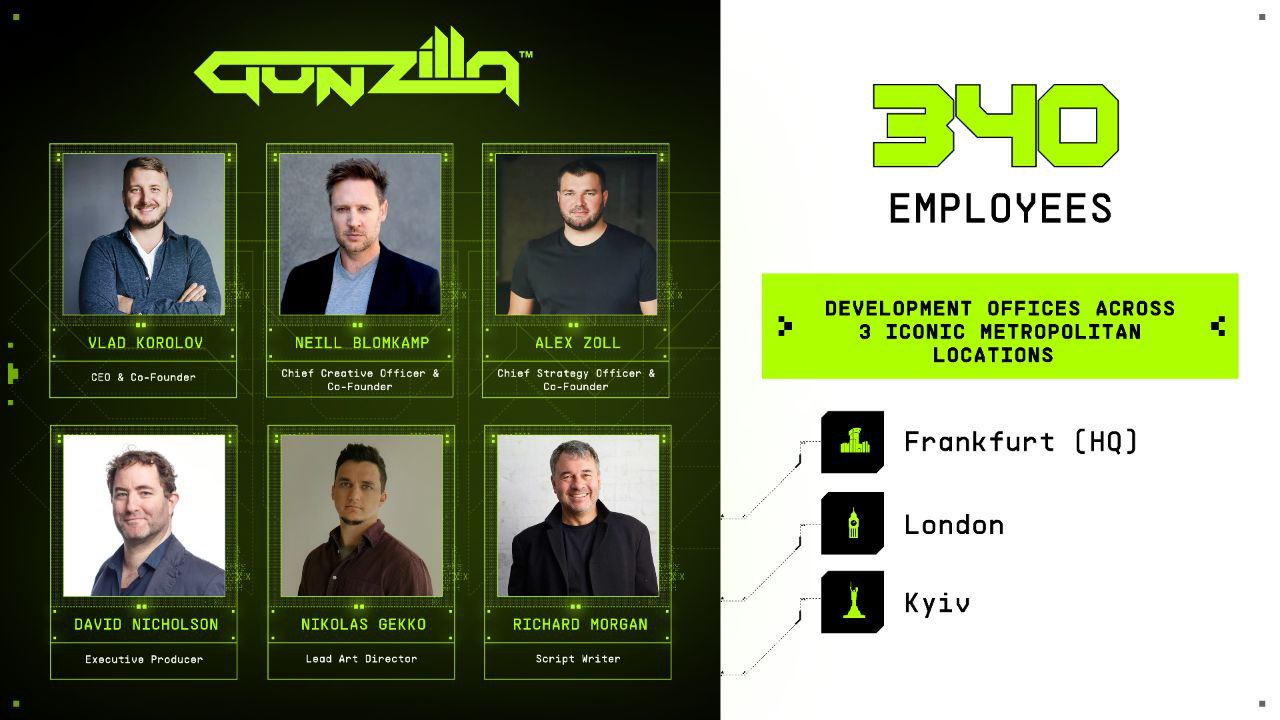
The notion of onchain item ownership in open game economies began to come into focus ~6 years ago, inspiring a generation of brilliant builders to forge a new path for the industry. Those of us that were evangelising the marriage of crypto and video games would often make reference to games like Warzone or Fortnite to illustrate not just the scale of these economies, but what the world might look like if users actually owned these assets. At long last there exists a title capable of challenging the biggest games on the planet. Having spent time at their main studio, we are confident that the Gunzilla team is capable of delivering in the global games arena… join the playtests and see for yourself!
Gameplay & Lore
Set on the dystopian Teardrop Island (the largest BR map ever), OTG is a “real life” battle royale immersed in a gritty, satirical universe with creative direction from some of the best minds in modern Sci-Fi. Contestants from across the globe enrol to compete in a Hunger Games-styled game show for a 9-figure prize pool. The only condition: all entrants have their limbs surgically removed in order to use the advanced cyberlimb technology of Teardrop Island. In order to revive players who inevitably suffer grievous bodily harm, advanced reconstructive surgery is able to stitch them back together and even regrow them from tissue samples. The game feels like a love letter to the BR genre with a MASSIVE environment that promotes rapid movement, verticality, and high intensity driven by a resurgence timer.
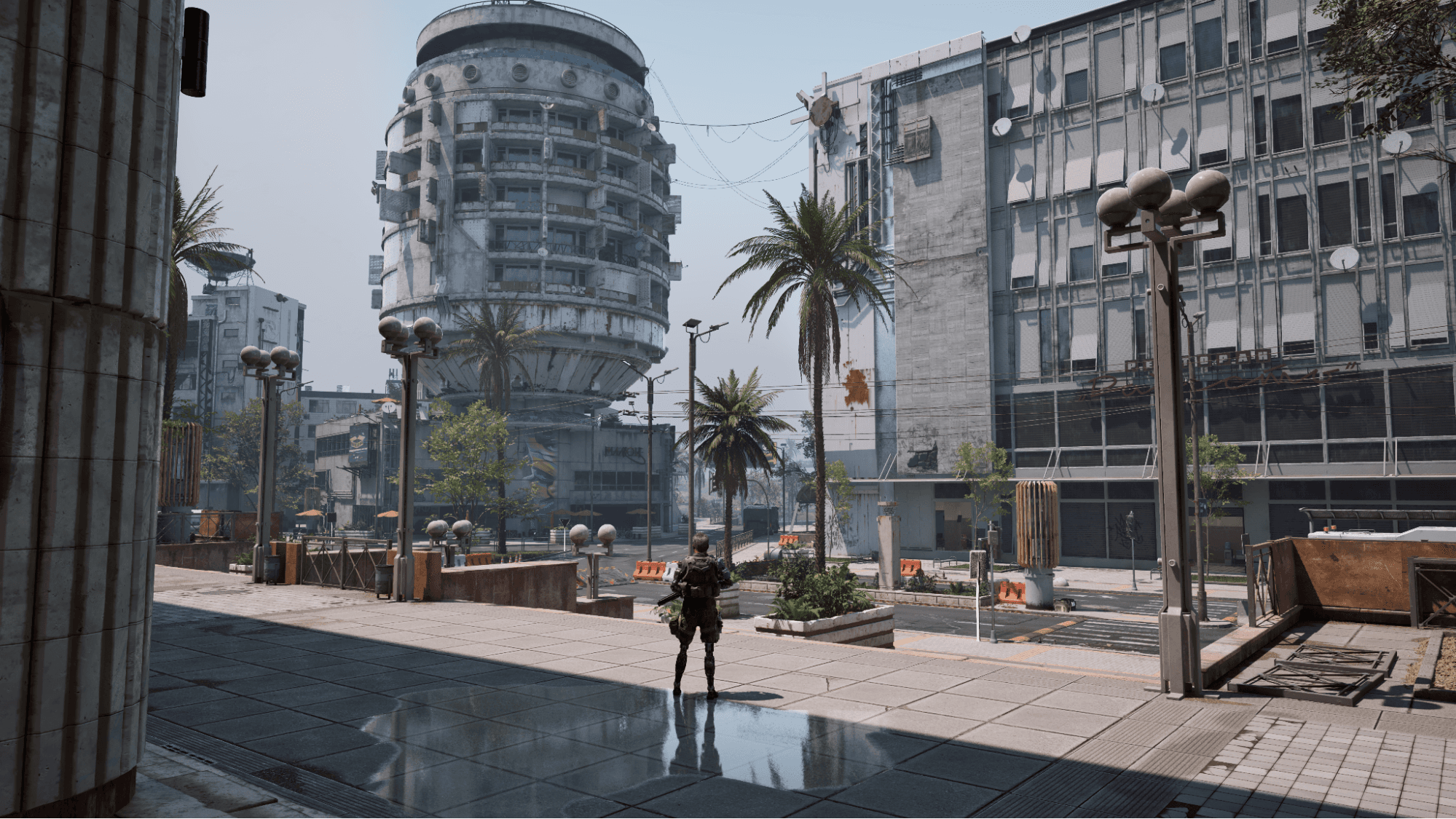
As players progress through the map they are able to loot HEX cubes which represent blueprints for weapons, attachments, or cyberlimbs. These cubes can be taken to sites across Teardrop where they can be extracted (hence the game mode Extraction Royale), during which the squad needs to defend these stations from adversaries trying to steal their loot. If successfully extracted, players can decode these HEXs allowing them to be “3D printed” into their inventories, which is actually minting the asset onchain in the backend. This is the only way that new items enter the economy. We believe that blockchain provides an unmatchable degree of transparency upon which to build an open game economy, and we’re incredibly excited to see Gunzilla dissolving the UX frictions endemic to crypto ready for the mainstream.
Since 2015 with the release of H1Z1 (shoutout @j_smedley), battle royales have amassed hundreds of millions of players and continue to command some of the biggest audiences in gaming. The following are some of the core differentiators that we think will make players fall in love with Off The Grid:
Replaceable cyberlimbs: effectively acting like perks each character has 3 different limb slots (left arm, right arm, legs) which each grant different abilities (e.g. grapple hook, recon drone, rapid sprint) that can be activated on cooldown timers. Not only is there a huge combination (30+ limbs) of loadouts unlocked with this, but it drives a dynamism unlike any other by allowing you to mould your playstyle on the fly by equipping the body parts you find on the island or of those that have perished. There is nothing like the visceral joy of sniping limbs off your enemies in this game. I have witnessed noobs rush to buy back their teammates only to realise they lack the arms to do so—glorious.
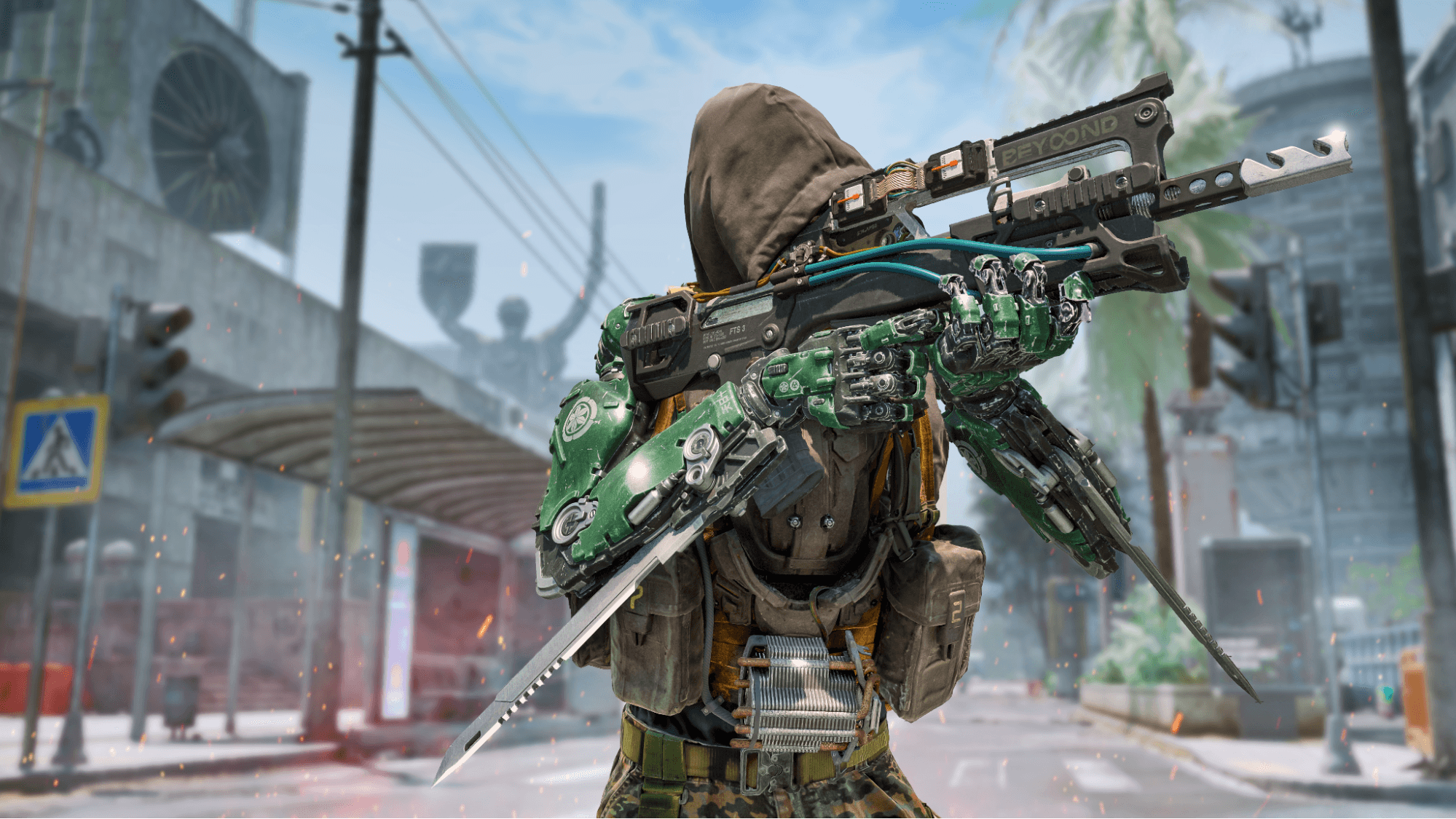
Movement systems: most BRs allow players to parachute around the map from high structures. Off The Grid takes this to the next level with a highly dexterous aerial movement system driven by the character’s jetpack and cyberlimbs that unlock aerial skills. This translates into a strong utilisation of the verticality of the maps, and allows players to both enter and exit fights quickly which promotes aggression and a very fast pace of gameplay. Seriously, when you inevitably get smoked in your first games spectate the final circles to understand the intensity this gives rise to.
60-hour narrative campaign: there are over one billion shooter players globally, but battle royales are still counted in the hundreds of millions. Separate from the earlier mentioned $10B per year that BRs command, the shooter market across PC & console is over $15B annually. One of the most common reasons why this remainder doesn’t convert is the lack of world building, campaign, and narrative. OTG brings a deep campaign that is woven into the game world in an innovative manner. This is all given for free to entice a massive audience. Once again, it is written by Richard Morgan (Altered Carbon) with Neil Blomkamp (District 9) as co-founder and Chief Creative.
Onchain economy: quite obviously, no other AAA battle royale has full asset ownership and an onchain economy. Off The Grid is the first BR to have no in-game store: every item that enters the economy and peer-to-peer marketplace is looted by players and minted onchain as they extract the aforementioned HEXs from multiplayer environments. This is going to be a big deal for the gaming industry at large.
Seamless onboarding: one of the key learnings from recent years of experimentation is that it’s absolutely imperative that games targeting a mainstream audience abstract away the crypto dimension to minimise friction. OTG has done an incredible job of making this a reality and building systems that gradually entice players onchain in a manner that is very much additive to the experience, whilst being totally optional. The game launching on console is a massive testament to this.
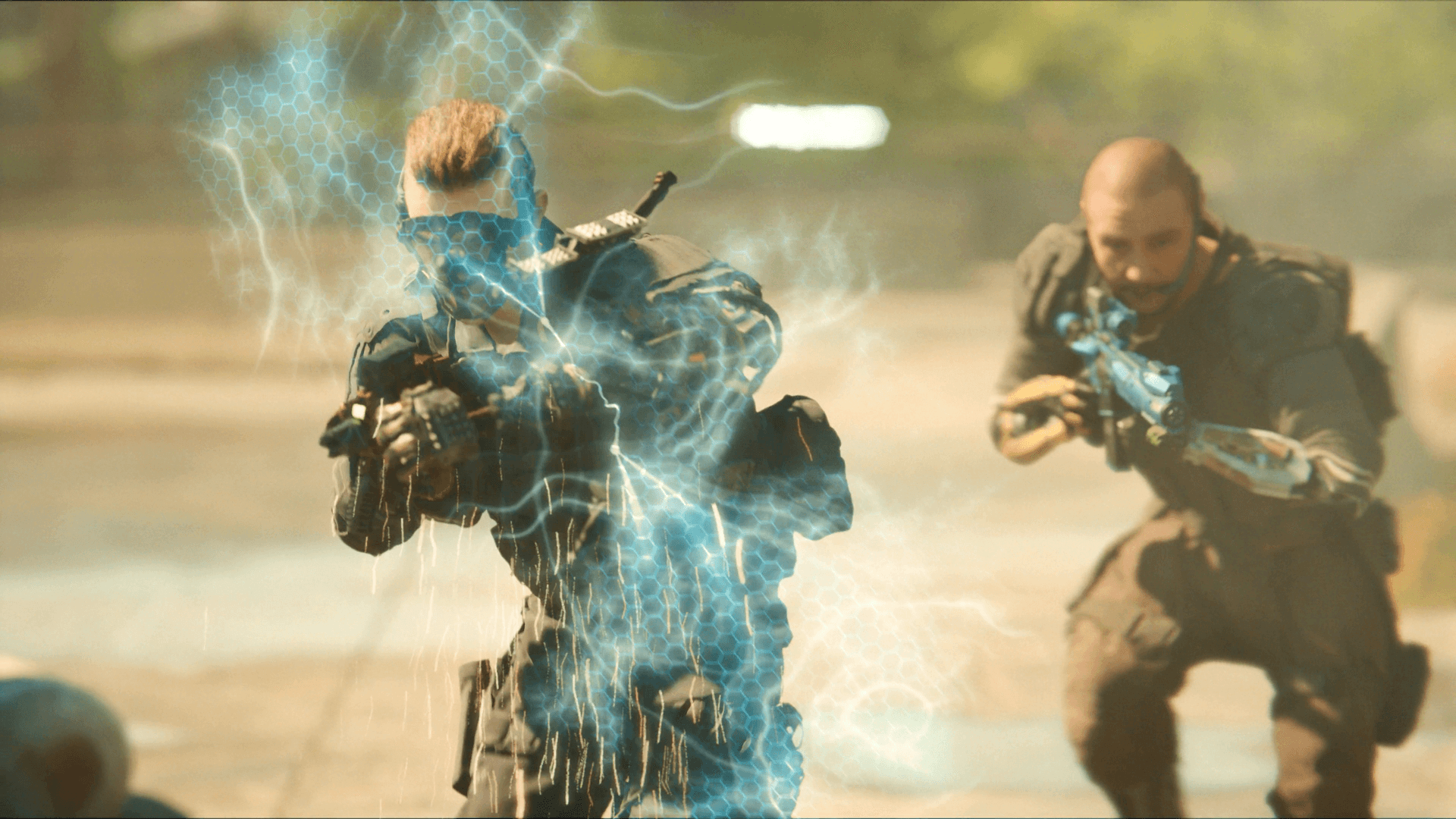
Cinematic universe: there is a growing popularity of transmedia strategies for perpetuating IP, and Off The Grid is immersed in a strong cinematic universe. A few chapters of this narrative development have already been teased, and I’m incredibly excited to see where this aspect of the game world goes.
Onchain Footprint
At the heart of the Gunzilla ecosystem are 10,000 validators which process transactions and mint all in-game items. From an investment perspective, these validators are attractive as gamers must pay them for the minting of in-game items in $GUN, which we expect to amount to substantial revenues. Crucially ALL of these subscriptions (including console) will be tracked onchain, allowing for radical transparency into the game’s overall performance. Imagine being able to mint all in-game items for a game like Warzone or Apex Legends, whilst having insights into how the game is trending season-to-season. In light of a challenging environment for alts broadly, we’re excited to see Gunzilla delivering a model that relies on actual revenues accruing from battle pass subscriptions instead of pure network inflation to drive yield to nodes.
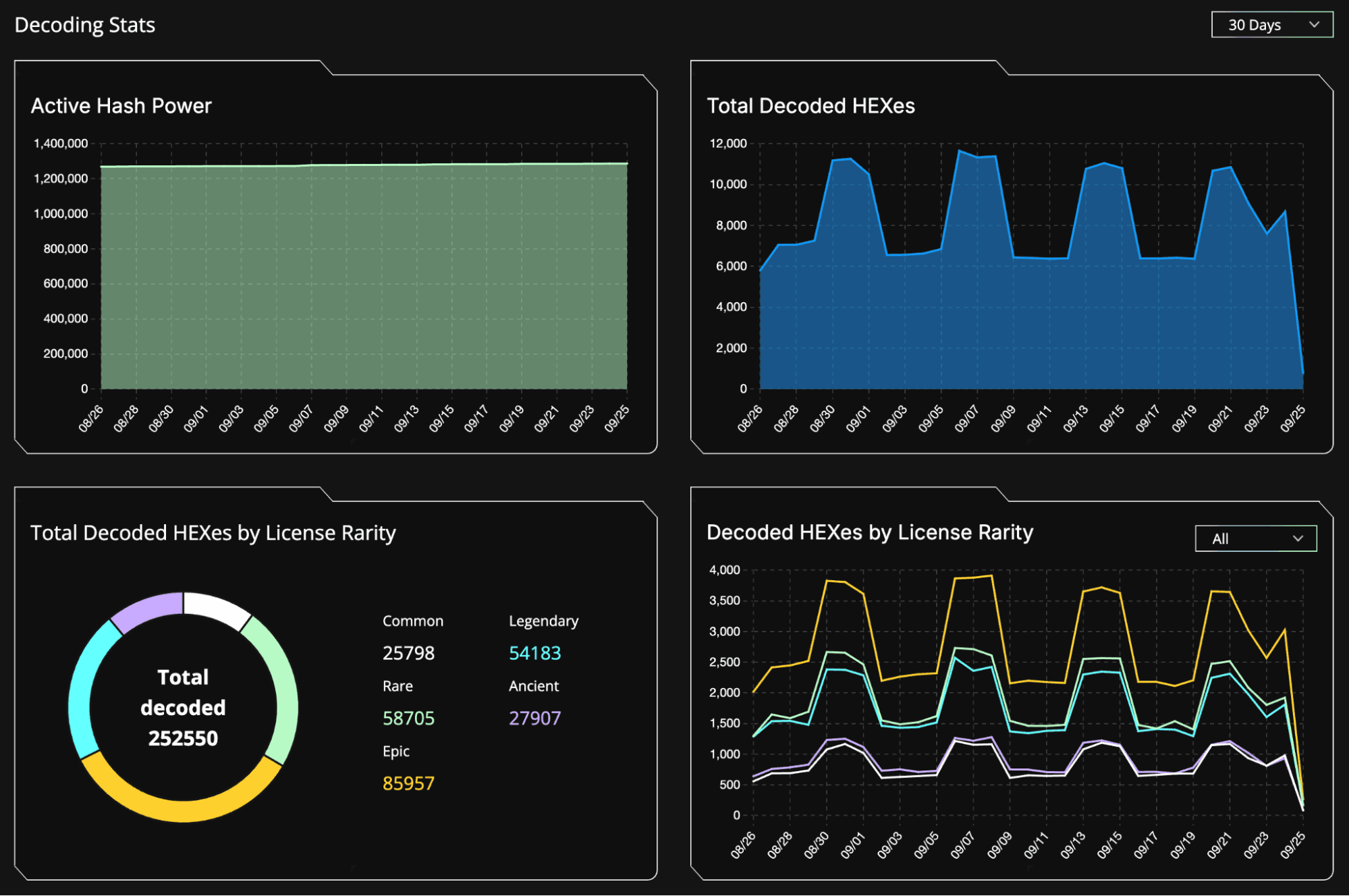
In addition, validators receive commissions on all secondary market activity for items that they mint. As we have seen in large economies like CS:GO where $32B was traded over a 5 year period, volumes can be substantial. It has long been our view that player proclivity to spend will be enhanced by the more robust assurances and transparency that comes with onchain asset ownership. Beyond the minting of in-game items these validators also will have additional in-game utility affording clans and guilds benefits, as well as other plans I am not yet at liberty to share. Finally, there is $GUN—Gunzilla’s ecosystem token—that is woven throughout the game world as well as its supporting infrastructure:
Gamers will pay a fee in $GUN to validator nodes for the minting of their in-game items.
It serves as a utility token for all in-game transactions as well as on their external marketplace.
Every time validators mint an in-game asset, a variable percentage of $GUN tokens is burned.
Validators can stake $GUN in the nodes to access other benefits and rewards.
$GUN can vote on future game direction proposals as well as suggest new ones.
The token is the subnet’s native gas token.
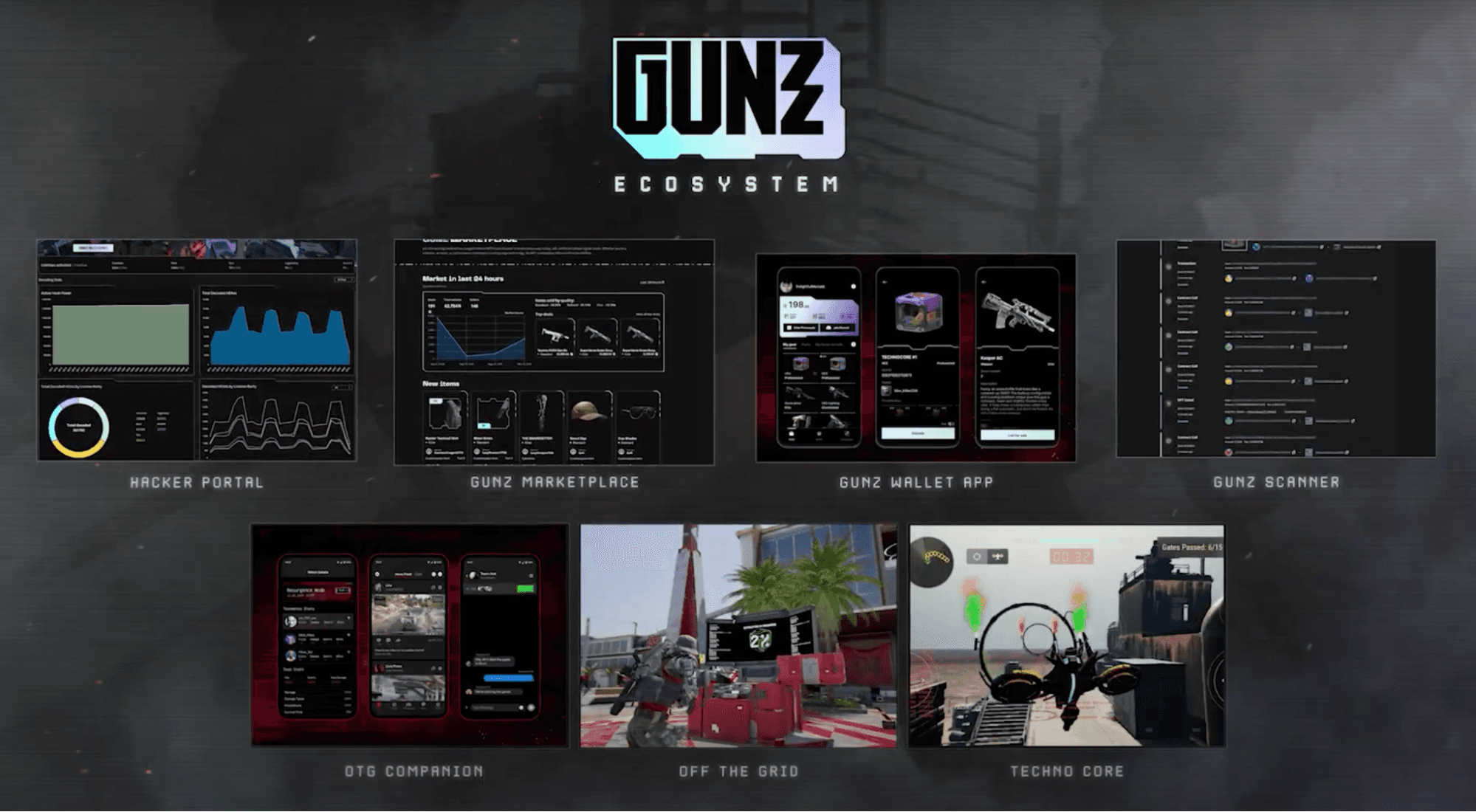
In terms of core infrastructure, the Gunzilla ecosystem consists of the GUNZ chain, wallet (live on iOS & Android), marketplace, and blockchain explorer. On top of this there exists Off The Grid (obviously), as well as TECHNOCORE their casual mobile game in which users pilot drones across Teardrop Island to collect HEX fragments that can be crafted into items usable in OTG. We’re actually very excited about the casual mobile game inclusion, as it gives players a way to stay engaged with the OTG world during the week if they are short on time. A special mention should also be given to the OTG Companion app, which has already become one of our favourite places to stay engaged with the game community. It has deep granularity for match stats, with more rolling out soon beyond the app due to an integration with TrackerNetwork. It’s worth noting that the Gunzilla founders also own PLINK—a gamer matchmaking app—that is creating over 100K gamer matches per day across popular titles. The GUNZ testnet has been operational for almost a year, processing 27M transactions and amassing over 2.2M registered wallets.

Whilst a fair portion of these can be attributed to test wallets, a very large number has been driven by the actual OTG playtests, TECHNOCORE, as well as community activations such as LayerZero or Avalanche promo skins that required a GUNZ wallet to claim. As we have seen, successful applications that command large audiences become attractive places for other builders to leverage existing player liquidity and proven infrastructure. As OTG starts drawing tens of millions of players into their game world, we expect the GUNZ ecosystem to emerge as an attractive destination for other high quality titles.
Conclusion
In summary, we think Off The Grid’s global launch in less than 60 days is going to attract a massive audience and finally deliver on the AAA mainstream promise. Delphi has remained an ardent believer that gaming is the strongest onboarding prospect for crypto, having invested in 50+ projects over the past 5 years leading all the way back to Axie Infinity that kick-started it all. Our team has spent the last few months immersed in the Gunzilla ecosystem and getting to know the builders behind it. We can confidently say that OTG is the industry’s best chance of bringing the next 50M users onchain.
Disclaimer
Unless otherwise indicated, the views expressed in this blog are solely those of the author(s) in their individual capacities and not the views of DV Parent LLC or its affiliates (collectively, “Delphi Ventures”). All opinions expressed are further subject to change without notice and may differ from opinions expressed by others.
The content of this blog is provided for informational purposes only, and does not constitute legal, business, or tax advice nor should the contents of this blog be construed as an investment recommendation or offer to provide advisory services. Readers should consult their own advisors for those matters. The content of this blog may also, at times, incorporate information sourced from third parties (including portfolio companies) and while Delphi Ventures believes such information is reliable, we have not independently verified the veracity and therefore make no representations or warranty as to its accuracy, completeness, or correctness. To the extent that this post incorporates links to external websites, the incorporation of such links do not constitute an endorsement of the content of such websites and we take no responsibility for the content therein.